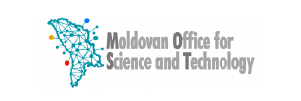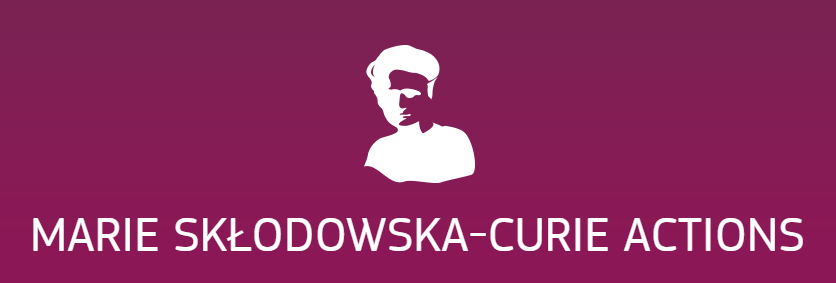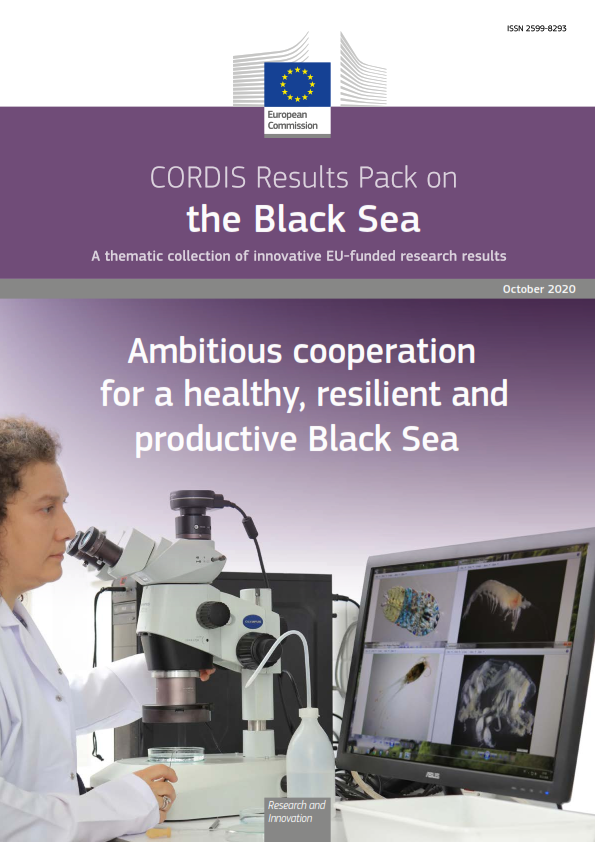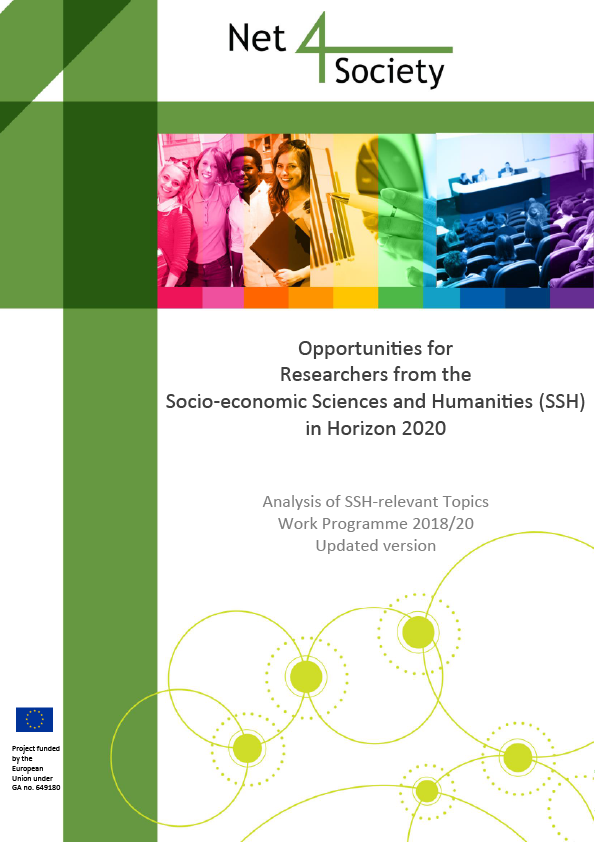Offshore wind-farms are an attractive source of renewable energy, overcoming a number of concerns linked to on-land wind turbines. An EU-funded project is increasing cost-effectiveness out at sea with new, lightweight, innovative components. One system prototype is being tested, while another is under development.
Wind-generated electricity is green, and its widespread use would be technically possible. Although installing wind-farms throughout Europe’s populated areas may struggle to gain public acceptance, offshore versions offer a viable alternative. Today, more than 90% of Europe’s wind energy capacity comes from land-based wind turbines. But by 2020, around 50% of all new wind energy is expected to be generated offshore, says Peter Hjuler Jensen, coordinator of the EU-fundedInnwind.EU project.
If the costs could be lowered, it would be possible for wind-power to supply a much larger share of Europe’s energy than at present.
Innwind.EU is the successor to an earlier project: Upwind. The latter determined that developing large turbines of up to 10 megawatts (MW) is feasible, but not yet cost-effective. The new five-year project aims to develop innovative technologies that make 10-20 MW offshore wind turbines – both bottom-mounted and floating – more economically viable.
Innwind.EU is a large and complex project addressing three main challenges. The first is lighter, responsive turbine blades. The second includes systems for converting mechanical to electrical power, specifically a magnetic pseudo direct-drive (no-gearbox) generator, and superconducting generator. Lastly, the project will refine offshore turbine-tower substructures.
Each component will be developed separately and at an integrated system level. The project also aims for many incremental improvements, including weight-saving, which collectively add up to significantly improved efficiency.
There are also more revolutionary developments. In particular, since superconductivity means close to zero electrical resistance, a generator employing that principle is more efficient and utilises system components which are both lighter and cheaper. Weight is a serious issue for floating wind turbines in particular.
The result aims at a 40-50% drop in the cost of energy from wind turbines by 2020. The increased economic viability should also help offshore wind generation expand its market. Currently, 42% of Denmark’s energy comes from wind, and officially this is expected to rise to 50% by 2020. However, Jensen, of the Danish Technological University, expects more. “A wild but not totally unrealistic goal could be increasing the share of electricity from wind from 50% up to 100% in the long run for the whole of Europe – if there is sufficient political will,” he says.
“But a more realistic vision is a mix of renewable energy sources to supply a major part of the EU’s electricity consumption. This could also lead to similar market share levels.” Such a shift would have profound environmental and social benefits.
Gearless generator
At the end of Innwind.EU’s second year, the project had completed a prototype pseudo-magnetic direct-drive generator, ready for testing. Unlike conventional generators, which use gears to transfer the torque, this type of generator uses only magnetic fields to conduct the force. Wind energy rotates the outer ring, which transfers the torque across an air-gap to an inner generating ring. The result is a frictionless and highly efficient variable-speed transfer of power. The unit is also sealed and needs very limited maintenance.
Innwind.EU also made considerable progress towards another of its main goals – a superconducting generator – and will soon begin production and testing key elements of its prototype. “It’s been a dream for about a century to develop superconducting generators, and it’s extremely exciting that we are now close to doing it economically,” says Jensen. The project’s breakthrough technology will be applicable to many other applications, including transportation.
During Innwind.EU’s remaining three years, work will continue towards a smart-blade prototype. The system will respond very quickly to changes in airspeed and direction. A radar-like system using lasers, called LIDAR, measures subtle changes in wind conditions immediately upwind of the turbine, allowing each blade to actively react and change its angle with respect to the wind. The effect will be reduced turbulence, while further improving output and efficiency.
Thanks to Innwind.EU, Europe may finally be able to go completely green. Apart from the huge environmental benefits, the energy will be cheaper and improve European energy-security.










